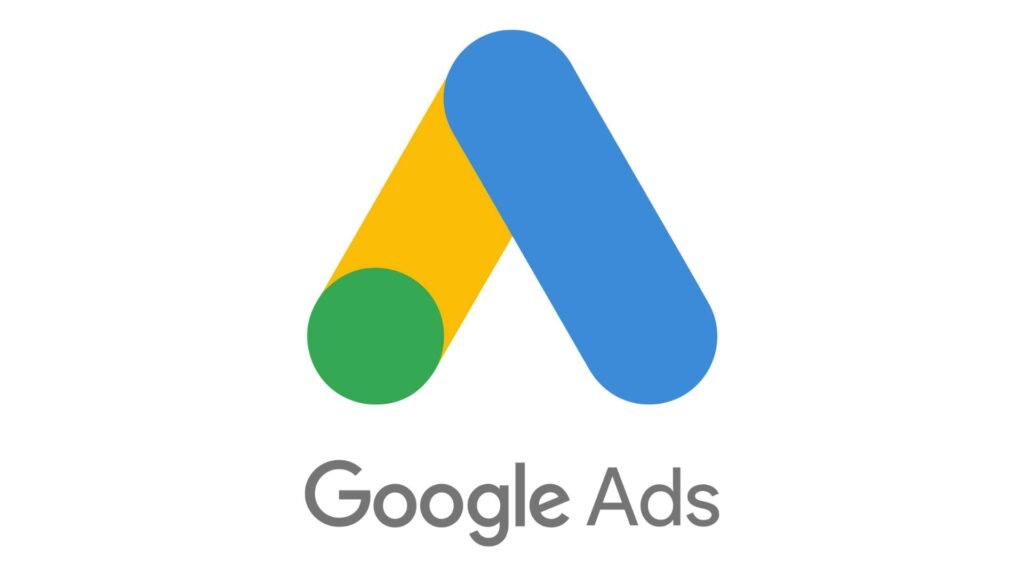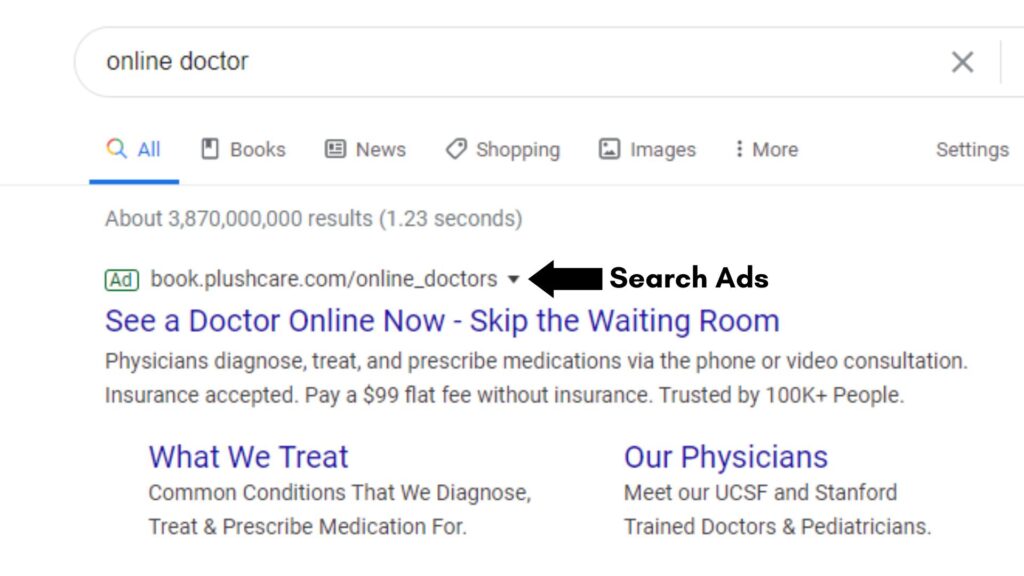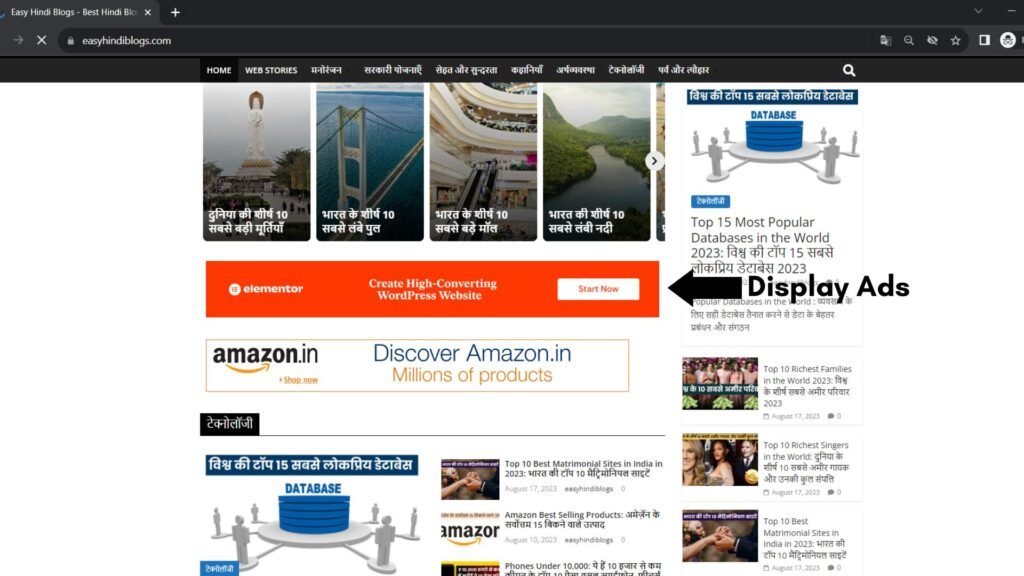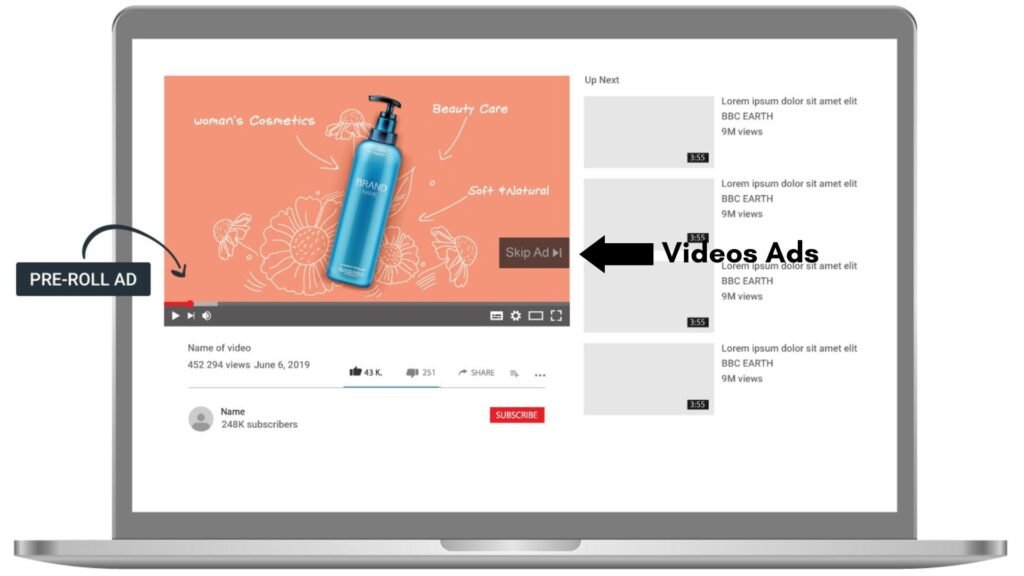Are you tired of pouring money into advertising campaigns with little to no results? It’s time to unlock the true potential of your marketing efforts by harnessing the power of Google Ads! In today’s digital age, reaching your target audience has never been more crucial. Whether you’re a small business owner or a seasoned marketer, this blog post will guide you through the ins and outs of Google Ads, providing you with valuable tips and strategies to skyrocket your reach and drive conversions. Brace yourself for an exciting journey as we unravel the secrets that will transform your advertising game forever!
Introduction to Google Ads
Google Ads is a tool that allows you to place ads on Google.com and its partner websites. Ads are placed based on keywords that you select, and they appear when someone searches for those terms. You can use Google Ads to reach people who are searching for what you offer, and you can target your ads to specific locations, languages, and devices.
What is Google Ads?

Google Ads, formerly known as Google AdWords, is an online advertising platform developed by Google. It allows businesses and individuals to create and display ads on Google’s search engine results pages (SERPs) as well as across its network of partner websites.
But what sets Google Ads apart from other forms of online advertising? Well, it operates on a pay-per-click (PPC) model, which means that advertisers only pay when someone clicks on their ad. This makes it a cost-effective option for businesses of all sizes.
The main goal of Google Ads is to connect advertisers with their target audience at the right time and place. By bidding on specific keywords related to their products or services, advertisers can ensure that their ads appear when users search for those keywords. This targeted approach increases the chances of reaching potential customers who are actively looking for what they have to offer.
Furthermore, Google Ads offers various targeting options beyond just keywords. Advertisers can also choose specific geographic locations, demographics, interests, and even device preferences to further refine who sees their ads.
In addition to text-based ads displayed in search results, Google Ads also supports visual formats such as image and video ads. These visually engaging formats allow advertisers to showcase their products or tell a story in a more captivating way.
Google Ads provides businesses with an effective tool to reach potential customers online through targeted advertising strategies. Whether you’re looking to increase brand awareness or drive conversions, this powerful platform offers endless possibilities for optimizing your marketing campaigns and achieving your business goals.
The Different Types of Google Ads
When it comes to advertising on Google, there are several different types of ads you can choose from. Each type has its own unique features and benefits, allowing you to reach your target audience in the most effective way possible.
1. Search Ads:

These are the most common type of ad that appears on Google’s search results page. They are text-based ads that appear at the top or bottom of the search results when someone searches for a specific keyword or phrase.
2. Display Ads:

Unlike search ads, display ads are visual-based and appear on websites within Google’s Display Network. These ads can include images, videos, or interactive elements and can be targeted based on factors such as demographics, interests, and browsing behavior.
3. Video Ads:

As the name suggests, video ads are advertisements that appear before or during YouTube videos or across other websites in the Google Display Network. They provide an engaging way to capture users’ attention and convey your message effectively.
4. Shopping Ads:

If you have an e-commerce business, shopping ads allow you to showcase your products directly within the search results when someone searches for relevant keywords related to what you’re selling. These ads typically include an image of the product along with its price and a brief description.
5. App Campaigns:

If you have a mobile app that you want to promote, app campaigns help drive installations by displaying your ad across various platforms like Google Search Network, YouTube,
Pros and Cons of Google Ads
Google Ads offers numerous benefits for businesses looking to increase their online visibility and drive targeted traffic to their websites. Here are some of the pros of using Google Ads:
1. Targeted Advertising: With Google Ads, you have the ability to target specific keywords, demographics, locations, and even devices. This ensures that your ads are shown to the right audience at the right time.
2. Cost-effective: Unlike traditional advertising methods, Google Ads allows you to set a budget that suits your business needs. You only pay when someone clicks on your ad (pay-per-click), which means you can control your costs more effectively.
3. Measurable Results: One of the key advantages of using Google Ads is its extensive tracking and reporting capabilities. You can easily track conversions, click-through rates (CTR), and other important metrics to measure the success of your campaigns.
4. Quick Results: Unlike organic search engine optimization (SEO) efforts that take time to rank in search results, Google Ads can generate immediate results. Your ads can start appearing as soon as they’re approved.
However, there are also some potential drawbacks with using Google Ads:
1. Increased Competition: As more businesses realize the benefits of online advertising, competition for certain keywords can become fierce. This may lead to higher costs per click or lower ad positions.
2. Ad Blindness: Some internet users have developed “ad blindness” where they automatically ignore or skip over paid ads in search results or websites they visit regularly.
3. Click Fraud: Although rare, click fraud is a concern for advertisers on any pay-per-click platform including Google Ads. It refers to fraudulent clicks generated by bots or competitors with malicious intent aiming to exhaust an advertiser’s budget without generating actual leads or sales.
4. Technical Expertise Required: To run successful campaigns on GoogleAds requires knowledge about keyword research strategy selection writing compelling ad copy crafting landing pages monitoring performance and making necessary optimizations.
How to Get Started with Google Ads
Getting started with Google Ads is a fairly straightforward process that can yield powerful results for your business. Here are the steps you need to take to begin utilizing this effective advertising platform.
1. Set up a Google Ads Account
The first step is to create an account on the Google Ads website. You’ll need to provide some basic information about your business and set up billing details.
2. Define Your Advertising Goals
Before diving into creating ads, it’s important to define what you want to achieve through your advertising campaigns. Are you looking for more website traffic, increased sales, or brand awareness? Clearly defining your goals will help shape your campaign strategy.
3. Conduct Keyword Research
Keyword research is crucial in determining which keywords or phrases potential customers are using when searching for products or services similar to yours. Use keyword research tools, such as Google’s Keyword Planner, to identify relevant keywords that have high search volumes and low competition.
4. Create Compelling Ad Copy
Crafting attention-grabbing ad copy is essential for attracting clicks and driving conversions. Ensure that your ad headlines are compelling and include relevant keywords while highlighting unique selling points of your products or services.
5. Set Budgets and Bids
Google Ads allows you to set daily budgets and bids for each keyword within your campaign. It’s important to carefully allocate funds based on the expected return on investment (ROI) of each keyword.
6. Monitor Performance and Optimize
Once your ads are live, regularly monitor their performance using Google Analytics and adjust them accordingly if they’re not meeting expectations. Continuously optimize by testing different ad variations, adjusting bids based on performance data, and refining targeting options.
Remember that getting started with Google Ads is just the beginning – ongoing optimization and monitoring will be key factors in achieving success with this powerful advertising platform.
How to Create Your First Ad Campaign

Assuming you’re starting from scratch, the first thing you’ll need to do is create a Google Ads account. You can do this by going to google.com/ads and clicking “Create an account.”
Once you’ve done that, you’ll need to create your first ad campaign. To do this, click on the “Campaigns” tab and then click on the “+ Campaign” button.
You’ll then be asked to select a campaign type. For most businesses, the “Search Network only” option will be the best choice. However, if you’re selling products or services online, you may want to select the “Shopping” campaign type instead.
Once you’ve selected a campaign type, you’ll need to enter some basic information about your campaign, such as its name and budget. You’ll also need to decide which languages and locations you want your ad to appear in.
After that, it’s time to start creating your ad. Google Ads offers two different types of ads: text ads and display ads. Text ads are the more traditional type of ad, while display ads are more visual in nature.
For most businesses, text ads will be the best choice. However, if you have some experience with graphic design, you may want to create a display ad instead.
To create a text ad, simply click on the “Text Ad” tab and enter your headline, description, and destination URL. You can also add additional
Read More : Unlocking Data Possibilities: Discovering the Top 15 Most Popular Databases Worldwide
Setting Your Target Audience and Keywords
When it comes to Google Ads, one of the most important aspects is targeting your audience. You need to make sure that you are targeting the right people with your ads, or else you will end up wasting a lot of money. The good news is that there are a few different ways to target your audience on Google Ads.
One way to target your audience is by using keywords. Keywords are words or phrases that people use when they are searching for something on the internet. By using relevant keywords in your ad, you can make sure that your ad pops up when someone searches for those keywords.
Another way to target your audience is by using demographics. Demographics are things like age, gender, location, and interests. You can use these factors to narrow down who you want to target with your ad. For example, if you sell products that are geared towards women, you would want to target your ad towards women of a certain age group in a certain location.
You can also use interests to target your audience on Google Ads. Interests are things that people are interested in, and they can be used to target ads towards specific groups of people. For example, if you sell products related to sports, you could target your ad towards people who have an interest in sports.
Once you have decided who you want to target with your ad, the next step is to set a budget for your ad campaign. This will help you determine how much money you want
Optimizing Your Campaign for Success
One of the most important aspects of running a successful Google Ads campaign is optimizing your campaigns for success. By making sure your campaigns are targeted, relevant, and well-designed, you can ensure that your ads reach your target audience and that your budget is used efficiently. Here are a few tips for optimizing your Google Ads campaigns:
i) Target your campaigns: Make sure your campaigns are targeted to the right audience. Use keywords and other targeting options to make sure your ads appear in front of those who are most likely to be interested in what you’re selling.
ii) Make your campaigns relevant: Your ads should be relevant to the products or services you’re selling. Use high-quality images and strong copy to make sure your ads stand out from the competition and grab attention.
iii) Design effective ads: Ad design is important for both aesthetic appeal and click-through rate. Make sure your ads are well-designed and eye-catching, with a clear call-to-action that encourages users to click through to your website or landing page.
By following these tips, you can optimize your Google Ads campaigns for success and ensure that you’re reaching your target audience effectively.
Strategies to Monitor Your Campaign Performance
There are a number of strategies you can employ to monitor the performance of your Google Ads campaign and ensure that it is meeting your desired objectives.
One key strategy is to track your campaign’s click-through rate (CTR). This metric measures how often users click on your ad after seeing it, and can give you valuable insights into the effectiveness of your ad copy and keywords. A high CTR indicates that users are finding your ad relevant and engaging, while a low CTR may indicate that your keywords are not well-matched to your target audience or that your ad copy is not effective.
Another important metric to track is conversion rate, which measures the percentage of users who take a desired action after clicking on your ad (such as making a purchase or signing up for a newsletter). A high conversion rate indicates that your campaign is successfully driving users to take the desired action, while a low conversion rate may indicate that there is room for improvement in your campaign messaging or targeting.
To get started tracking these important metrics, login to your Google Ads account and navigate to the “Campaigns” tab. Then, click on the name of the campaign you want to review. On the following page, you will see a dashboard with key performance indicators for your campaign. From here, you can dive deeper into the data by clicking on individual metrics (such as CTR or conversion rate) to see more detailed information.
By monitoring these key performance indicators
Managing and Updating Your Ads Over Time
As your business grows and changes, so too will your Google Ads. It’s important to keep your ads up-to-date so that they remain relevant to your target audience. Here are some tips for managing and updating your ads over time:
- Review your ads regularly: At least once a month, take a look at all of your active ads and make sure they are still accurate and reflect your current products, services, and offers.
- Update your ad copy as needed: If you have any new promotions or special offers, be sure to update your ad copy to reflect these changes.
- A/B test new ad creative: Trying out different headlines, images, or call-to-actions can help you improve your click-through rate and conversion rate.
- Keep an eye on your results: Be sure to track your ad performance so that you can see what’s working and what isn’t. Adjust your strategy accordingly to get the most out of your Google Ads campaigns.
Conclusion
Google Ads is a powerful tool for anyone looking to reach their target audience and get more business. With the right strategies and techniques, you can take advantage of this platform to maximize your ROI and increase sales.By following our tips for unlocking the power of Google Ads, you should have a better understanding on how to create effective campaigns that will help you reach your goals. If done correctly, Google Ads can be an invaluable asset in helping you achieve success with your online marketing efforts.





One thought on “Unlocking the Power of Google Ads: How to Reach Your Target Audience”